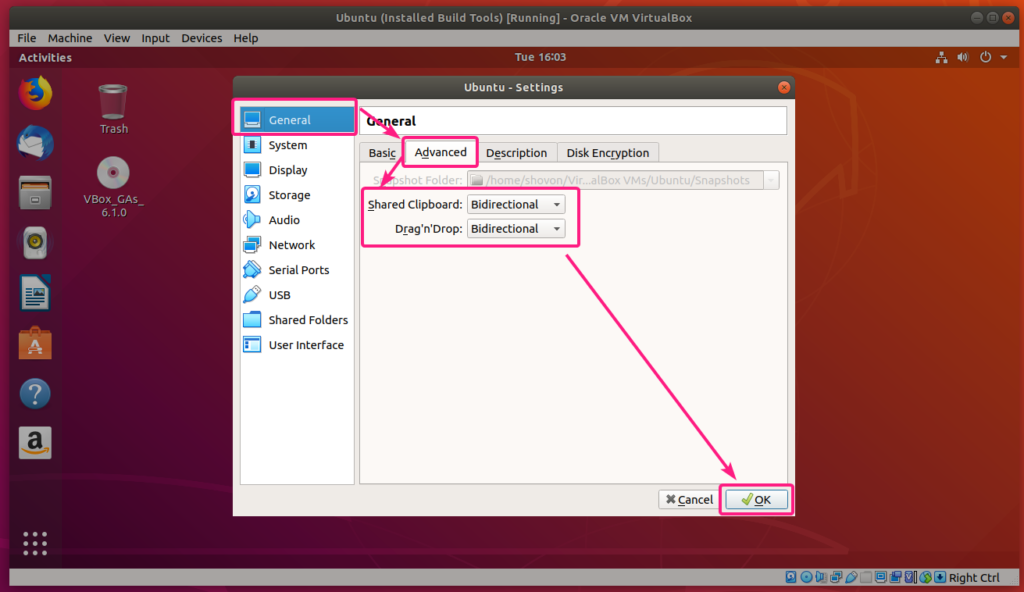

Thus for Debian 11: echo deb bullseye-backports main contrib > /etc/apt//bullseye-backports.listĮcho deb bullseye-fasttrack main contrib > /etc/apt//bullseye-fasttrack.listĮcho deb bullseye-backports-staging main contrib > /etc/apt//bullseye-fasttrack.list That’s it, the VirtualBox Guest Additions are installed.įor Debian 10 and 11, the VirtualBox packages are being made available in the new Fast Track service (see also the VirtualBox page on the Debian wiki). :~$ sudo apt install -y -reinstall virtualbox-guest-x11įor older versions of Kali Linux, here is our previous guide.The TL DR version for Debian 9 is, as root: echo deb stretch-backports main contrib > /etc/apt//stretch-backports.listĪpt install virtualbox-guest-dkms virtualbox-guest-x11 linux-headers-$(uname -r) Should you decide to create your own VirtualBox installation of Kali Linux (rather than using our pre-made VirtualBox images), and you want to force a manual reinstall of virtualbox-guest-x11 (as something has gone wrong), first make sure you are fully updated, then enter the following: :~$ sudo apt update You must use VirtualBox 4.2.xx or higher in order to take advantage of the improvements, including compatibility updates, and enhanced stability of both the core application and the Guest Additions. The Guest Addition is also pre-installed in the Live image since Kali Linux 2021.3. If it is, then automatically install any additional tools (in VirtualBox’s case, virtualbox-guest-x11). This is why since Kali Linux 2019.3, during the setup process it should detect if Kali Linux is inside a VM.

proper mouse and screen integration, as well as folder sharing). Installing “Guest Addition”, gives a better user experience with VirtualBox VMs (e.g.


 0 kommentar(er)
0 kommentar(er)
